Home>Furniture>Outdoor Furniture>What Type Of Material Is Often Applied On Top Of Roof Decking?
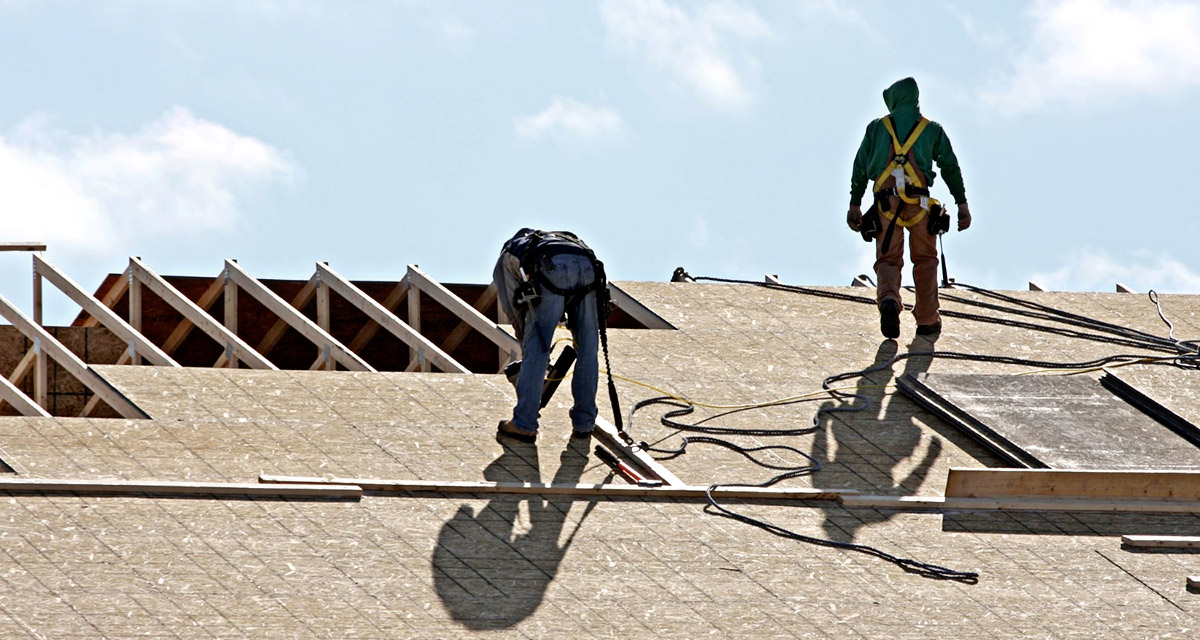

Outdoor Furniture
What Type Of Material Is Often Applied On Top Of Roof Decking?
Modified: October 19, 2024
Discover the best outdoor furniture materials for your roof decking, including durable options like teak, aluminum, and weather-resistant wicker. Create a stylish and comfortable outdoor space with the right choice.
(Many of the links in this article redirect to a specific reviewed product. Your purchase of these products through affiliate links helps to generate commission for Storables.com, at no extra cost. Learn more)
Introduction
When it comes to constructing or renovating a roof, one important consideration is the type of material that will be applied on top of the roof decking. This material not only plays a crucial role in protecting the house from the elements, but it also greatly affects the durability, appearance, and overall performance of the roof.
There are various options available in the market, each with its own set of advantages and disadvantages. Understanding these materials can help homeowners and contractors make informed decisions about which type is best suited for their specific needs and preferences.
In this article, we will explore some of the most commonly used materials for roof decking and discuss their characteristics, benefits, and drawbacks.
Key Takeaways:
- Asphalt shingles are a popular, budget-friendly choice for roof decking, offering a wide range of colors and styles. Regular maintenance can extend their lifespan and provide reliable protection for many years.
- Metal roofing provides durability, energy efficiency, and longevity, making it an excellent choice for a long-lasting and environmentally-friendly option. It reflects solar heat, reducing cooling costs and offering significant energy savings.
Read more: How To Add A Roof To A Deck
Asphalt Shingles
Asphalt shingles are by far the most popular choice for roof decking in many residential homes. They are affordable, easy to install, and come in a wide range of colors and styles, making them versatile and adaptable to different architectural designs.
These shingles are made from a combination of asphalt and fiberglass or organic materials, which provide durability and resistance to harsh weather conditions. They are also typically coated with granules that give them their distinctive appearance and help protect against UV rays.
One of the major advantages of asphalt shingles is their cost-effectiveness. They are relatively inexpensive compared to other roofing materials, making them a budget-friendly option for homeowners. Additionally, they are lightweight, which means they exert less stress on the roof structure.
However, it’s important to note that asphalt shingles have a shorter lifespan compared to some other materials, typically lasting around 15 to 30 years depending on the quality. They can be susceptible to cracking and curling over time, especially under extreme temperature fluctuations.
Nevertheless, regular maintenance and prompt repairs can help extend the lifespan of asphalt shingles. It’s recommended to inspect the roof periodically and replace any damaged or missing shingles to prevent water leaks and further damage to the roof decking.
Overall, asphalt shingles are a popular choice for homeowners looking for a cost-effective and visually appealing roofing material. With proper care and maintenance, they can provide reliable protection for many years.
Metal Roofing
Metal roofing has become increasingly popular in recent years due to its durability, longevity, and energy efficiency. It is primarily made from steel, aluminum, or copper, providing a strong and sturdy roofing option that can withstand harsh weather conditions.
One of the key advantages of metal roofing is its exceptional longevity. Metal roofs can last 50 years or more with proper installation and maintenance. They are resistant to rot, insect damage, and decay, which are common issues with other roofing materials.
Another advantage of metal roofing is its durability. It can withstand extreme weather events such as heavy rain, snow, hail, and strong winds. Metal roofs are also fire-resistant, providing an added level of safety to the home.
In addition to its durability, metal roofing is highly energy-efficient. It reflects solar heat, helping to reduce cooling costs during the summer months. This can result in significant energy savings and a more comfortable living environment.
Furthermore, metal roofs are recyclable, making them an environmentally-friendly option. When the roof has reached the end of its lifespan, the metal can be recycled and repurposed for other applications.
However, there are a few drawbacks to consider. Metal roofing can be more expensive upfront compared to other materials. The installation process requires a certain level of expertise, and it may be necessary to hire professionals for proper installation.
Additionally, metal roofs can be noisy during heavy rain or hailstorms. However, this issue can be mitigated by using insulation and soundproofing materials during the installation process.
Metal roofing offers homeowners a durable, long-lasting, and energy-efficient option for their roof decking needs. With its numerous benefits and minimal maintenance requirements, metal roofing is an excellent choice for those looking for a high-quality and environmentally-conscious roofing solution.
Clay or Concrete Tiles
Clay and concrete tiles are popular choices for roof decking, especially in areas with warm climates or Mediterranean-style architecture. These tiles offer a unique and elegant appearance that can enhance the aesthetic appeal of any home.
Clay tiles are made from natural clay that is shaped, dried, and fired in a kiln at high temperatures. They are known for their distinctive reddish-brown color and timeless beauty. Concrete tiles, on the other hand, are made from a mixture of cement, sand, and water, and can be produced in a variety of colors, textures, and profiles.
One of the main advantages of clay and concrete tiles is their longevity. With proper installation and regular maintenance, these tiles can last for 50 years or more. They are resistant to fire, rot, and insect damage, providing excellent protection for the roof decking.
Additionally, clay and concrete tiles offer superior energy efficiency. They have natural insulation properties, which help to keep the interior of the house cooler in hot weather and reduce the need for excessive air conditioning. This, in turn, can lead to energy savings and lower utility bills.
Another benefit of clay and concrete tiles is their resistance to mold and mildew growth. The materials used to make these tiles do not provide a favorable environment for the growth of these organisms, promoting a healthier living environment.
However, there are a few considerations to keep in mind when opting for clay or concrete tiles. First, they are heavier compared to other roofing materials, so the roof structure needs to be appropriately designed to support the weight. Second, the installation process can be more labor-intensive and time-consuming, which may increase the overall cost of the project.
Overall, clay and concrete tiles are a durable and visually appealing option for roof decking. Their long lifespan, energy efficiency, and resistance to environmental elements make them a popular choice for homeowners seeking a distinctive and long-lasting roofing solution.
Shingles are the most common material applied on top of roof decking. They are durable, weather-resistant, and come in a variety of styles and colors to suit different architectural designs. Regular maintenance can extend their lifespan.
Slate
Slate is a premium roofing material known for its beauty, durability, and natural elegance. It is a metamorphic rock that is split into thin, flat sheets, making it ideal for roof decking. While slate roofing may come with a higher price tag, its longevity and timeless appeal make it a worthwhile investment.
One of the standout characteristics of slate is its durability. It is incredibly strong and can withstand the test of time, lasting for 100 years or more with proper installation and maintenance. Slate roofs are known to outlast many other roofing materials, making them a popular choice for those seeking a long-term roofing solution.
In addition to its exceptional durability, slate offers a distinct and sophisticated appearance. It comes in various colors, including shades of gray, green, purple, and black, which can add a touch of elegance and uniqueness to any home. The natural beauty of slate can enhance the curb appeal and value of the property.
Slate roofing also boasts excellent fire resistance. It is a non-combustible material, providing homeowners with peace of mind and added safety in the event of a fire.
However, there are a few considerations when considering slate as a roofing material. Firstly, its weight. Slate is much heavier compared to other roofing materials, so it is crucial to ensure that the roof structure can support the load. Secondly, the installation requires the expertise of skilled professionals due to the delicate nature of slate. This may result in higher labor costs.
It’s important to note that regular inspection and maintenance of a slate roof are essential to keep it in optimal condition. Replacing broken or damaged slates promptly and maintaining the roof’s integrity will help prolong its lifespan and prevent any potential water leaks.
In summary, while slate roofing may come with a higher upfront cost, its longevity, beauty, and fire-resistant properties make it a sought-after choice for homeowners who value durability, aesthetics, and long-term investment.
Read more: What Type Of Roof Do I Have
Wood Shakes or Shingles
Wood shakes or shingles have long been a popular choice for roof decking, offering a unique and natural aesthetic. They are commonly made from cedar, redwood, or treated pine, providing a rustic and charming look to any home.
One of the main advantages of wood shakes or shingles is their visual appeal. The natural texture and warmth of wood can add character and enhance the architectural style of a house. They give a cozy and inviting feel to the overall ambiance.
In addition to their charm, wood shakes or shingles are also known for their excellent insulation properties. Wood naturally insulates the home, helping to keep the interior cool in hot weather and warm in colder seasons. This can contribute to energy efficiency and reduce heating and cooling costs.
Wood shakes or shingles are also highly durable when properly maintained. They can withstand wind, rain, and snow, and have a long lifespan, typically lasting around 30 to 50 years. Regular maintenance, such as cleaning and treating the wood, can help prolong their life and preserve their appearance.
However, there are a few considerations to keep in mind with wood shakes or shingles. First, they require more maintenance compared to other roofing materials. Wood is susceptible to moisture, mold, and mildew if not properly cared for. Routine inspections, cleaning, and treating the wood with preservatives are necessary to prevent damage and ensure longevity.
Another factor to consider is the fire resistance of wood shakes or shingles. While they provide a natural and charming look, they are not as fire-resistant as some other roofing materials. However, treating the wood with fire-resistant chemicals can help mitigate this concern.
Wood shakes or shingles can also be more expensive compared to other roofing options, both in terms of material cost and installation. However, many homeowners consider the unique beauty and natural aesthetics of wood to be worth the investment.
In summary, wood shakes or shingles offer a timeless and charming roofing option that can enhance the overall appeal of a home. Their durability, insulation properties, and natural aesthetics make them a popular choice for homeowners seeking a classic and environmentally-friendly roofing solution.
Synthetic Roofing Materials
Synthetic roofing materials have gained popularity in recent years as an alternative to traditional roofing materials. These materials are typically made from a blend of polymers and other synthetic components, offering a range of benefits in terms of durability, versatility, and affordability.
One of the key advantages of synthetic roofing materials is their exceptional durability. They are designed to withstand harsh weather conditions, including heavy rain, wind, and hail. Synthetic roofs are also often resistant to mold, mildew, and insect damage, providing homeowners with peace of mind and long-lasting protection.
Another benefit of synthetic roofing materials is their versatility in terms of appearance. They can mimic the look of different types of roofing materials, such as wood shakes, slate, or even metal, allowing homeowners to achieve the desired aesthetic without the high cost or maintenance requirements of traditional materials.
Additionally, synthetic roofing materials are lightweight, making them easier to install compared to heavier materials like clay or slate. This can reduce labor costs and installation time, making them a cost-effective option for homeowners.
One of the notable advantages of synthetic roofs is their energy efficiency. Many synthetic materials are designed with reflective properties, helping to reduce heat absorption and lower cooling costs during hot summer months. This can result in energy savings and a more comfortable indoor environment.
Furthermore, synthetic roofing materials are often recyclable. When the roof reaches the end of its lifespan, the materials can be recycled and repurposed, reducing waste and environmental impact.
However, it’s important to consider a few potential drawbacks. Although synthetic roofing materials have come a long way in terms of aesthetics, they may not provide the exact same natural look and feel as traditional materials. Additionally, some synthetics may fade or become brittle over time due to UV exposure, so regular maintenance and inspection are important to ensure their longevity.
In summary, synthetic roofing materials offer a durable, versatile, and cost-efficient solution for homeowners seeking a reliable and visually appealing roof decking option. With their ability to mimic the appearance of traditional materials and their long-lasting performance, synthetic roofs are an excellent choice for those looking for a modern and sustainable roofing solution.
Conclusion
Choosing the right material for roof decking is a crucial decision that can greatly impact the overall performance and appearance of a home. Each type of material has its own unique characteristics, advantages, and drawbacks that should be carefully considered.
Asphalt shingles, with their affordability and wide range of options, are a popular choice for many homeowners looking for a cost-effective and visually appealing roofing solution.
Metal roofing offers durability, energy efficiency, and longevity, making it an excellent choice for those seeking a long-lasting and environmentally-friendly option.
Clay or concrete tiles, with their distinctive appearance and exceptional longevity, are ideal for homeowners looking to add a touch of elegance and sophistication to their homes.
Slate roofing, with its timeless beauty and exceptional durability, is a premium choice for those who value longevity and a distinctive aesthetic.
Wood shakes or shingles provide a natural and charming look, and while they require more maintenance, they offer excellent insulation properties and a unique visual appeal.
Synthetic roofing materials provide durability, versatility, and affordability, making them a popular choice for those looking for a modern and sustainable roofing solution.
In conclusion, understanding the characteristics and benefits of each type of roofing material is essential for making an informed decision. Homeowners should consider factors such as cost, durability, aesthetics, environmental impact, and maintenance requirements when choosing the material that best fits their needs and preferences.
By carefully selecting the right material for roof decking, homeowners can ensure the long-term protection, durability, and visual appeal of their homes while creating a comfortable and inviting living environment.
Frequently Asked Questions about What Type Of Material Is Often Applied On Top Of Roof Decking?
Was this page helpful?
At Storables.com, we guarantee accurate and reliable information. Our content, validated by Expert Board Contributors, is crafted following stringent Editorial Policies. We're committed to providing you with well-researched, expert-backed insights for all your informational needs.
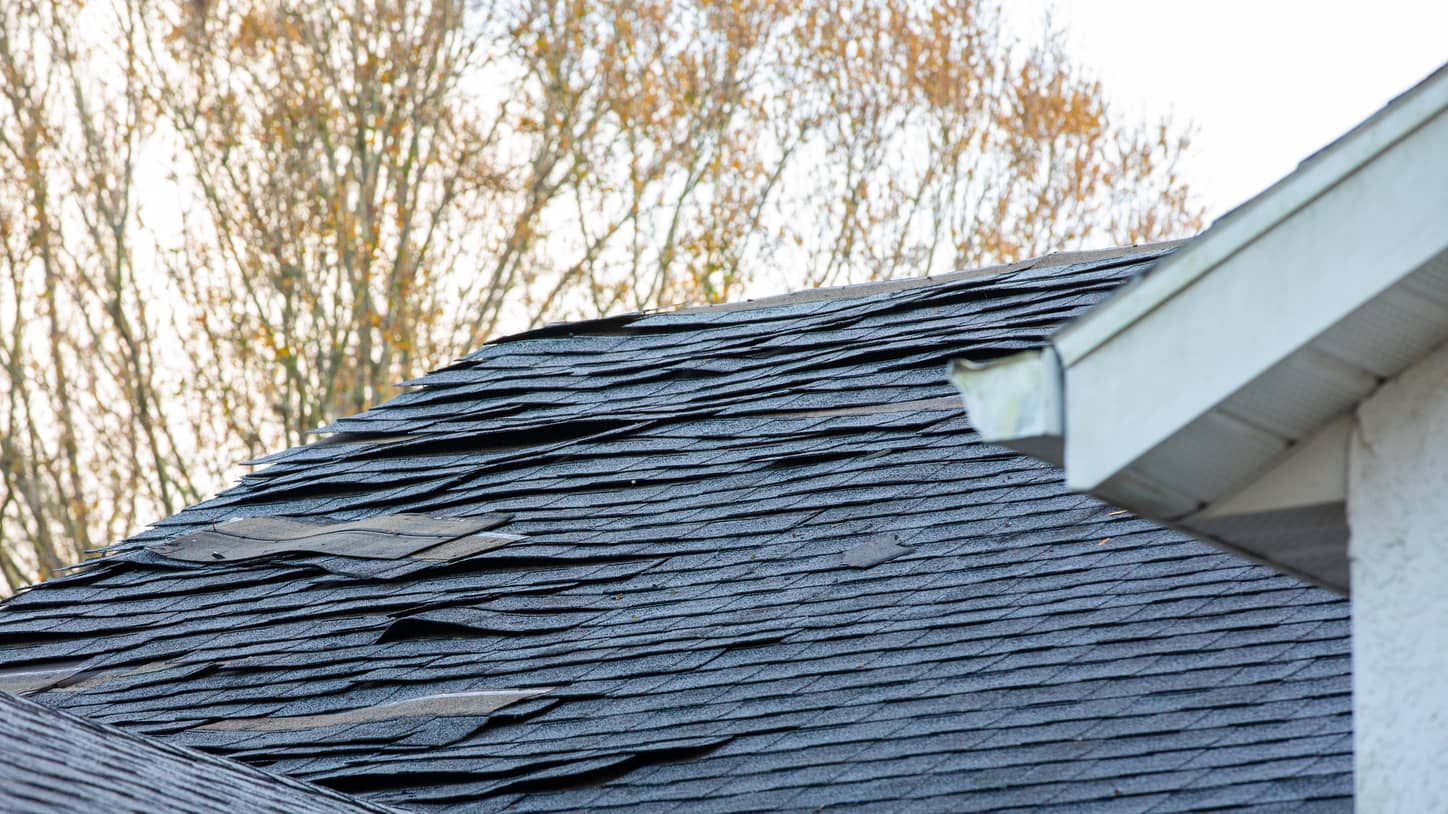
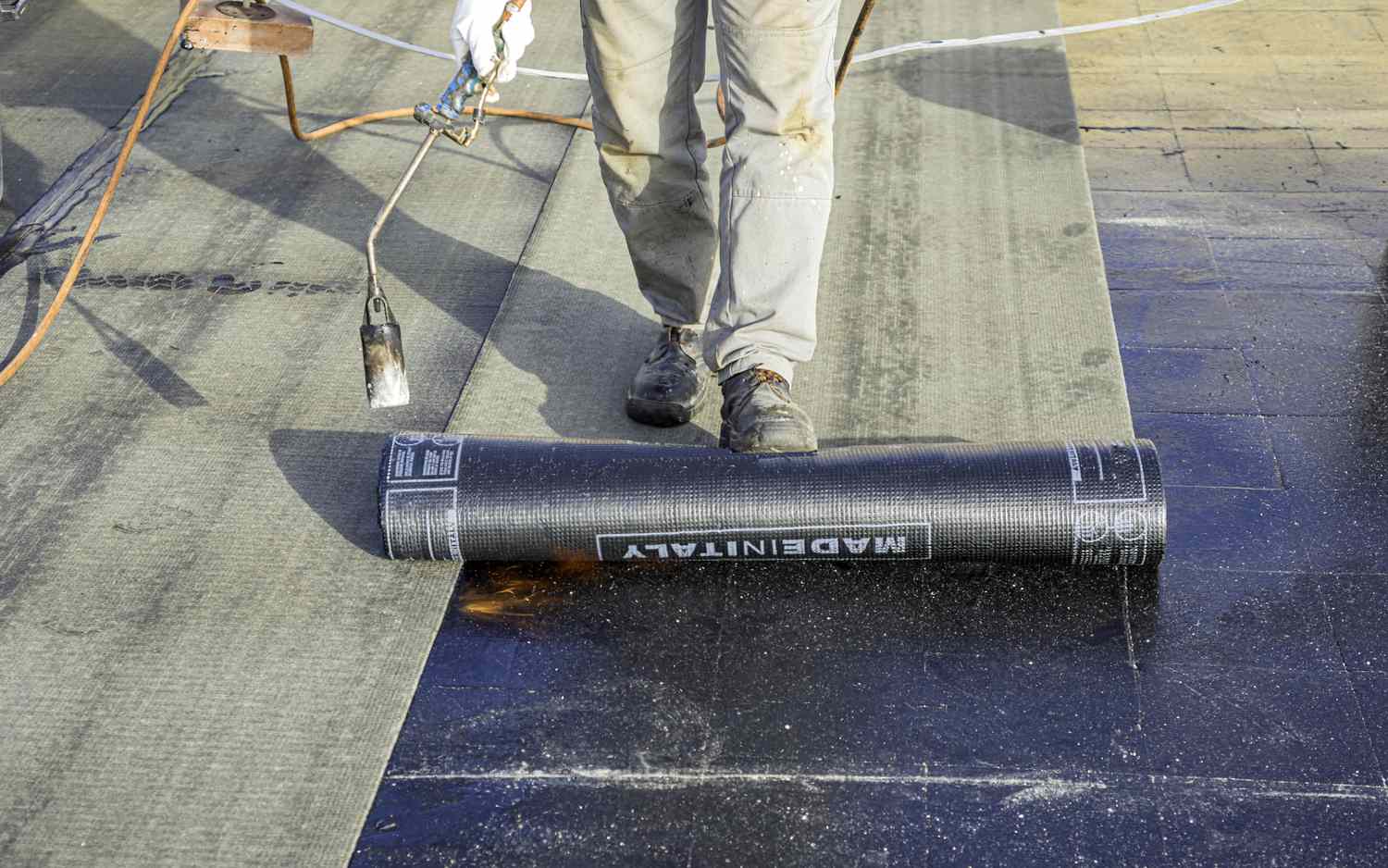
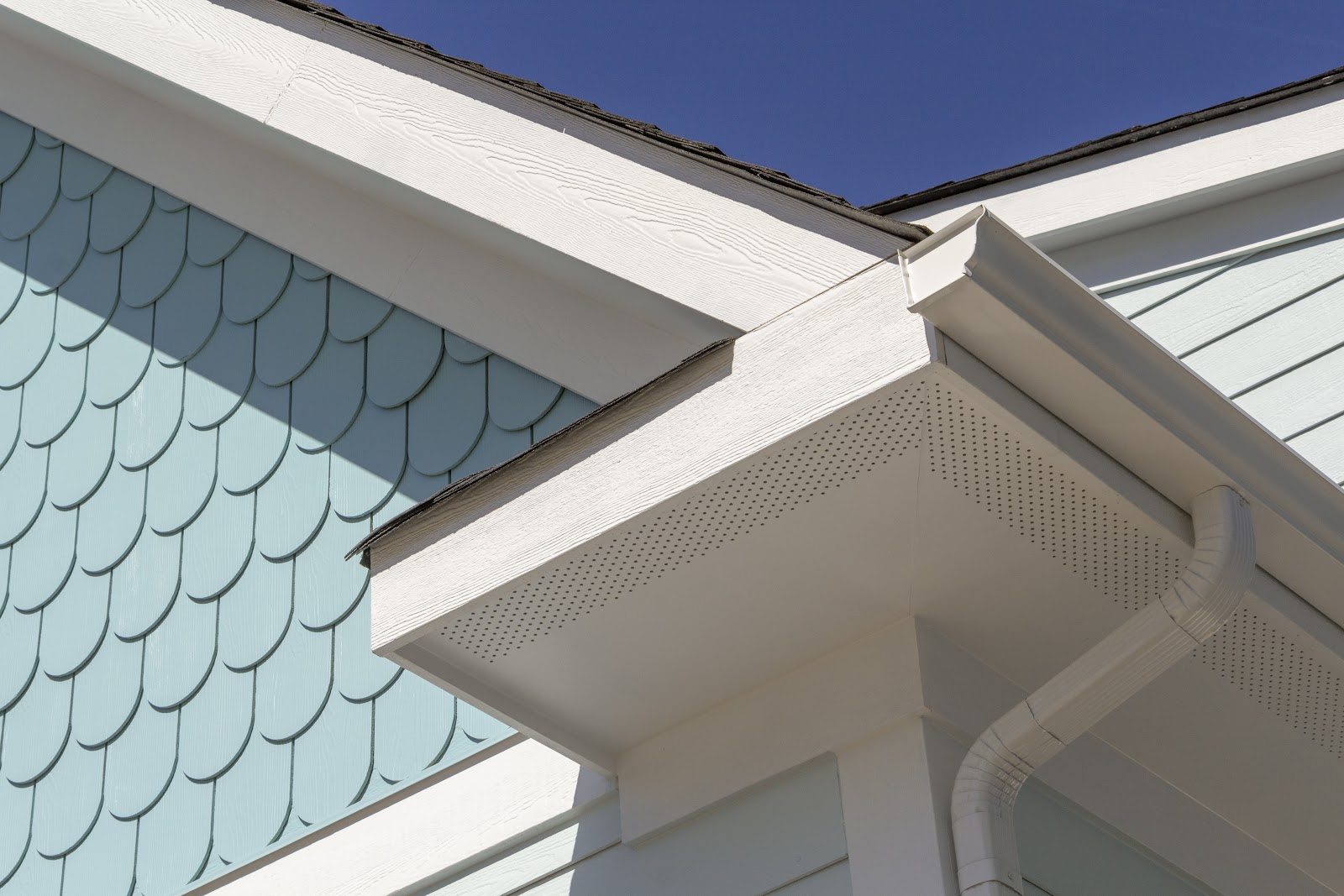
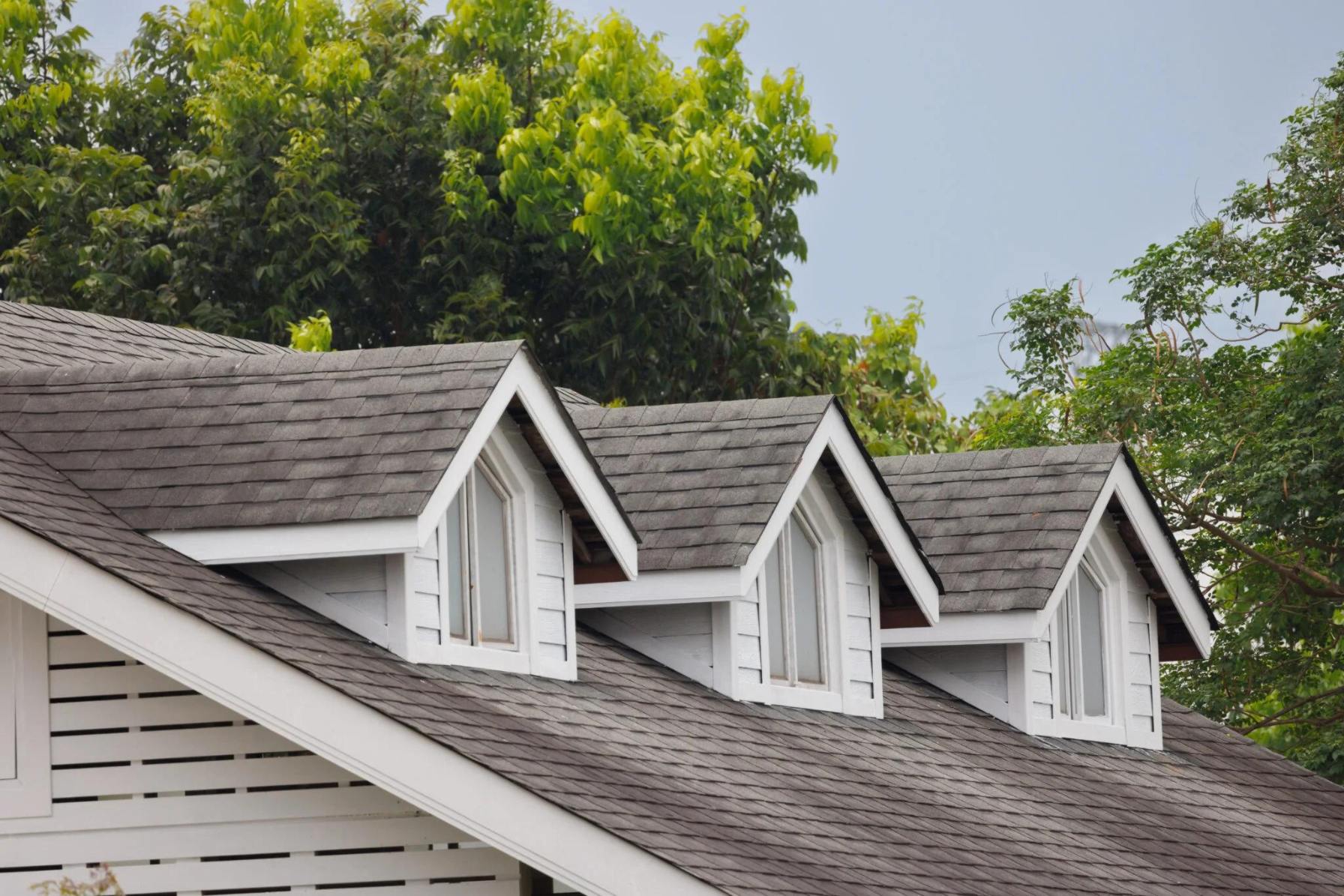
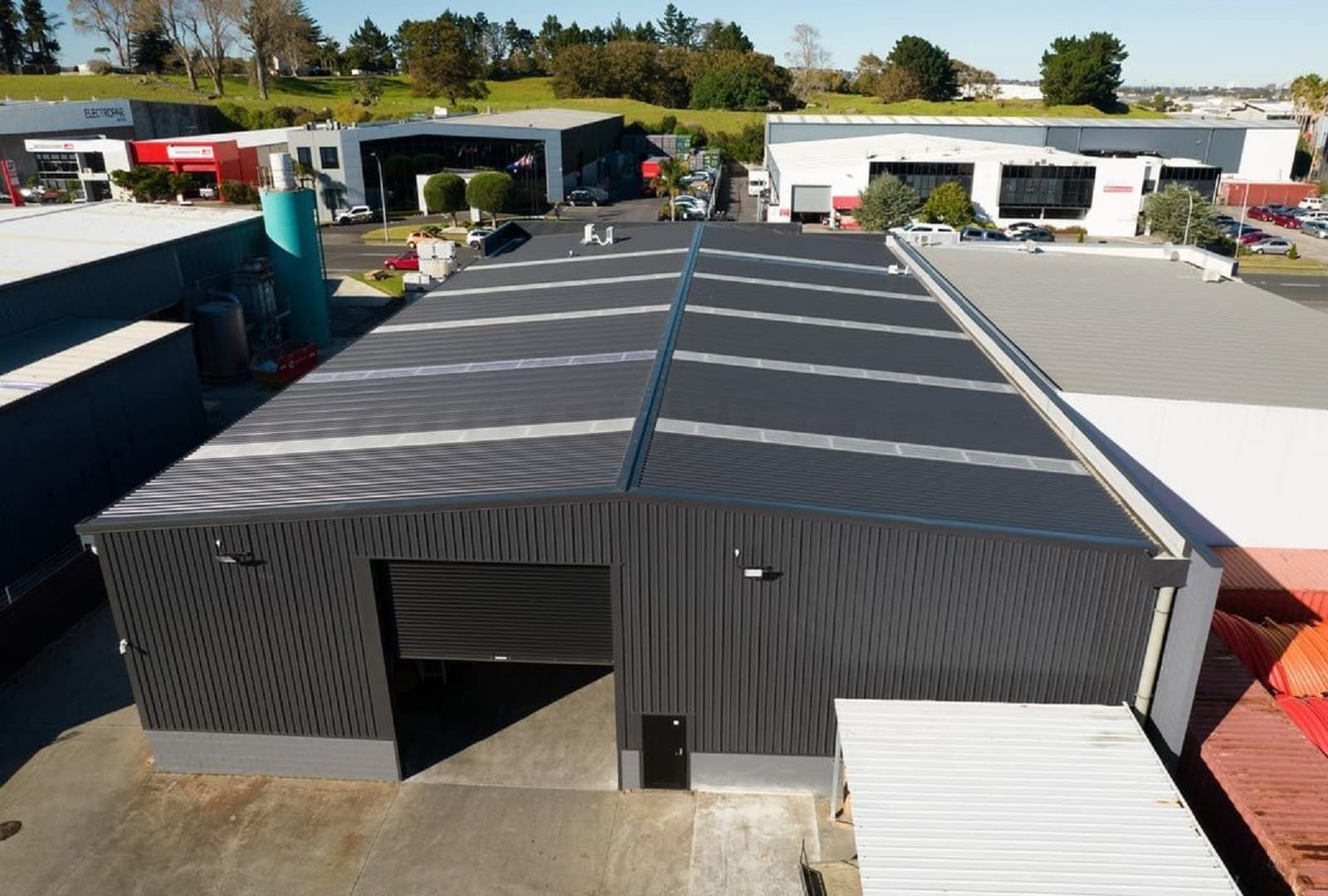
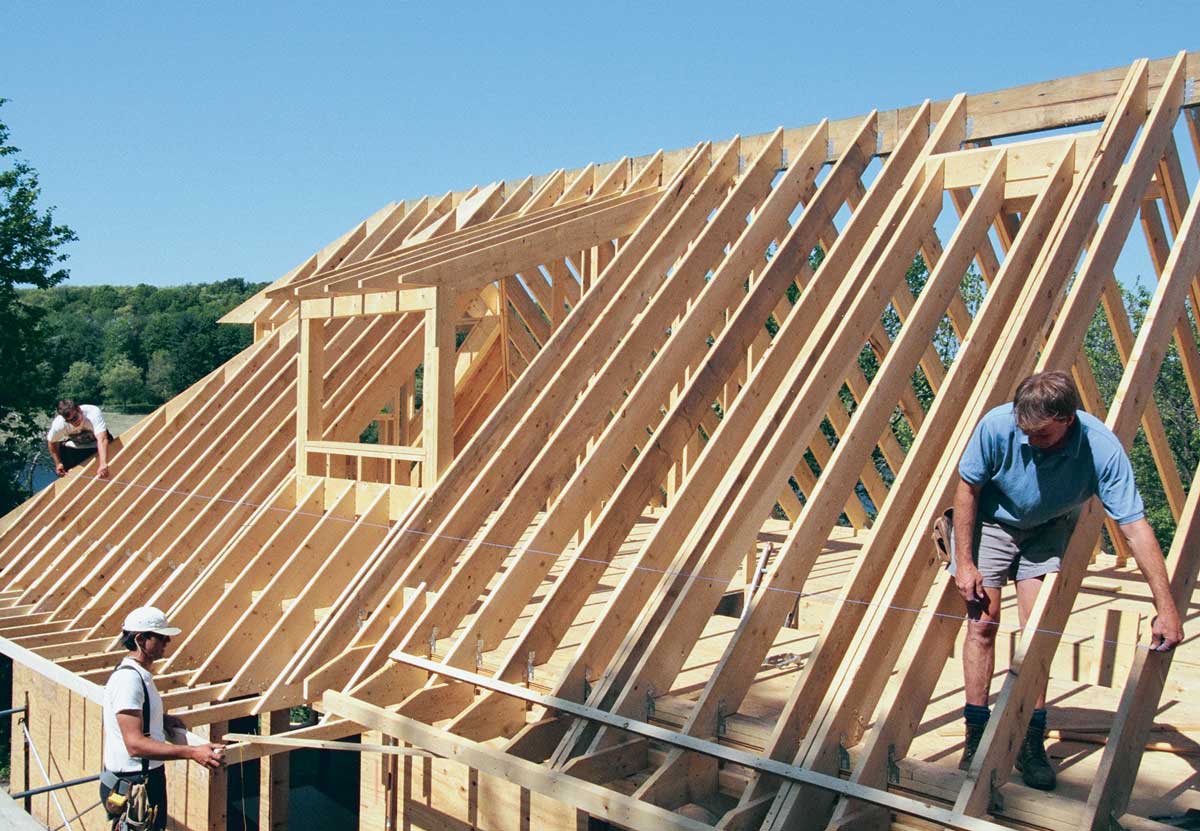
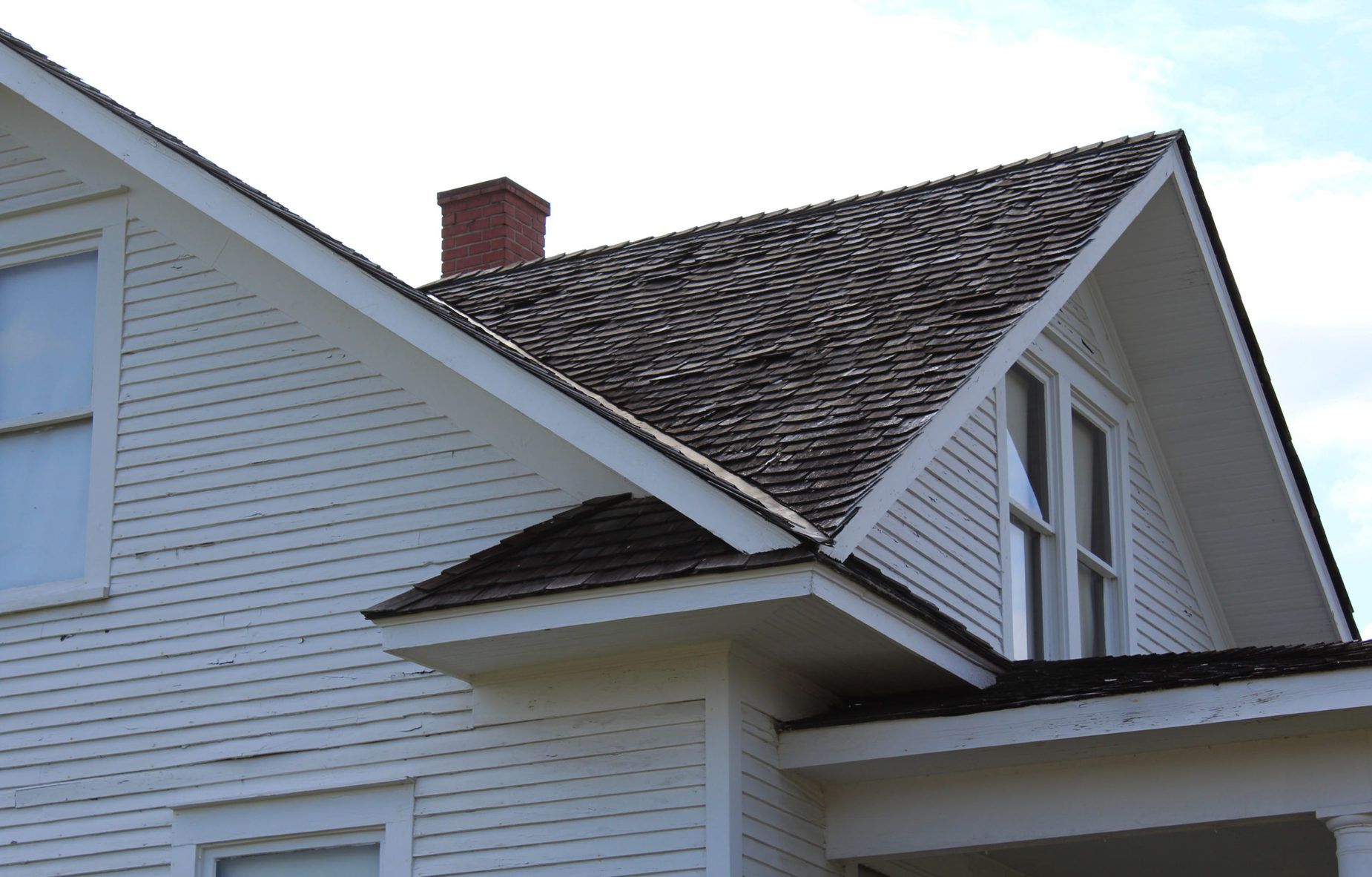
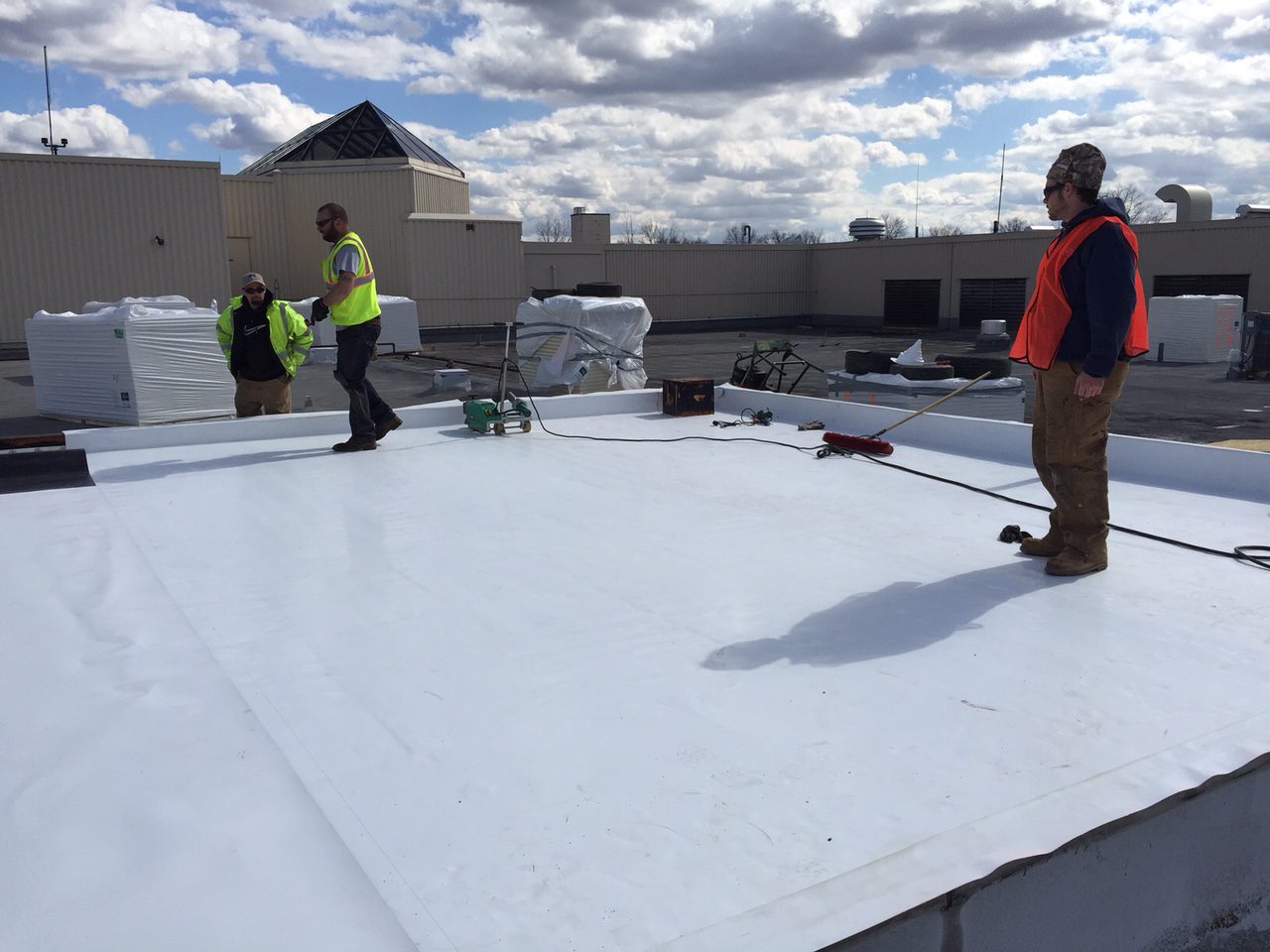
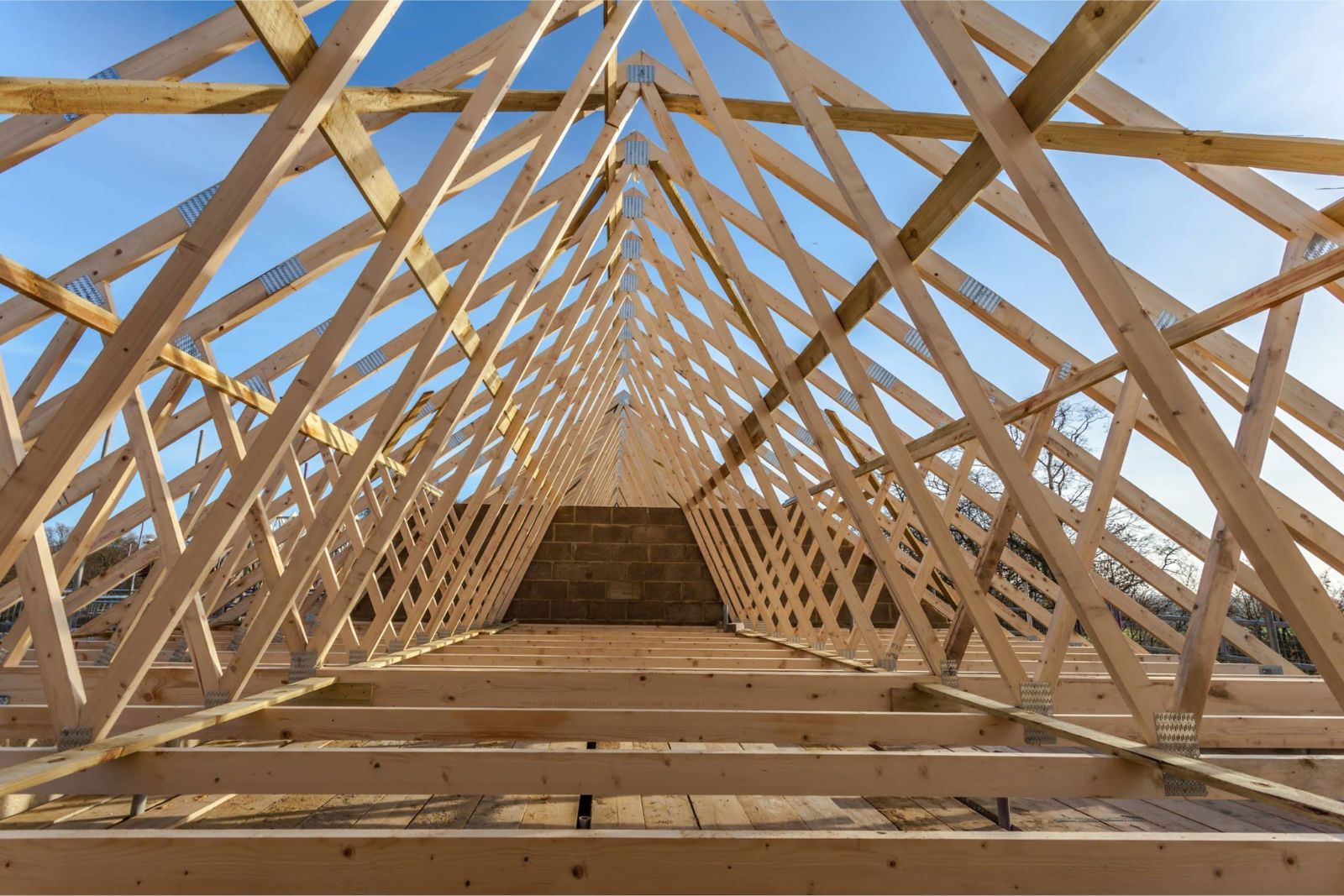
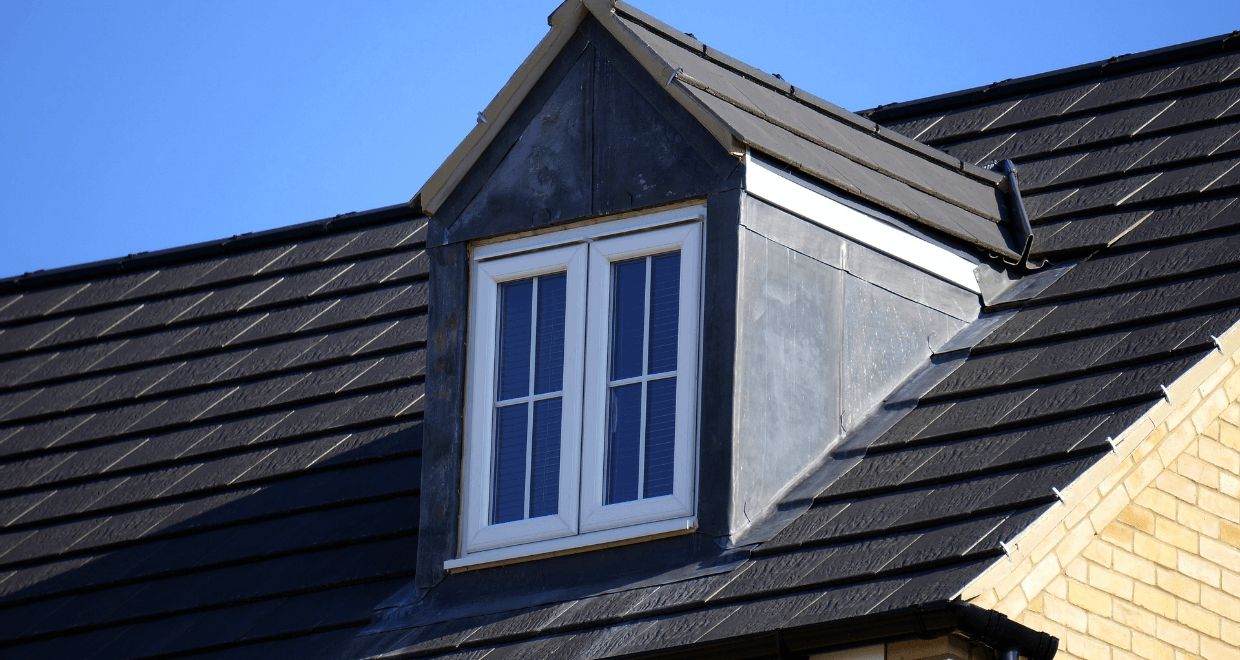
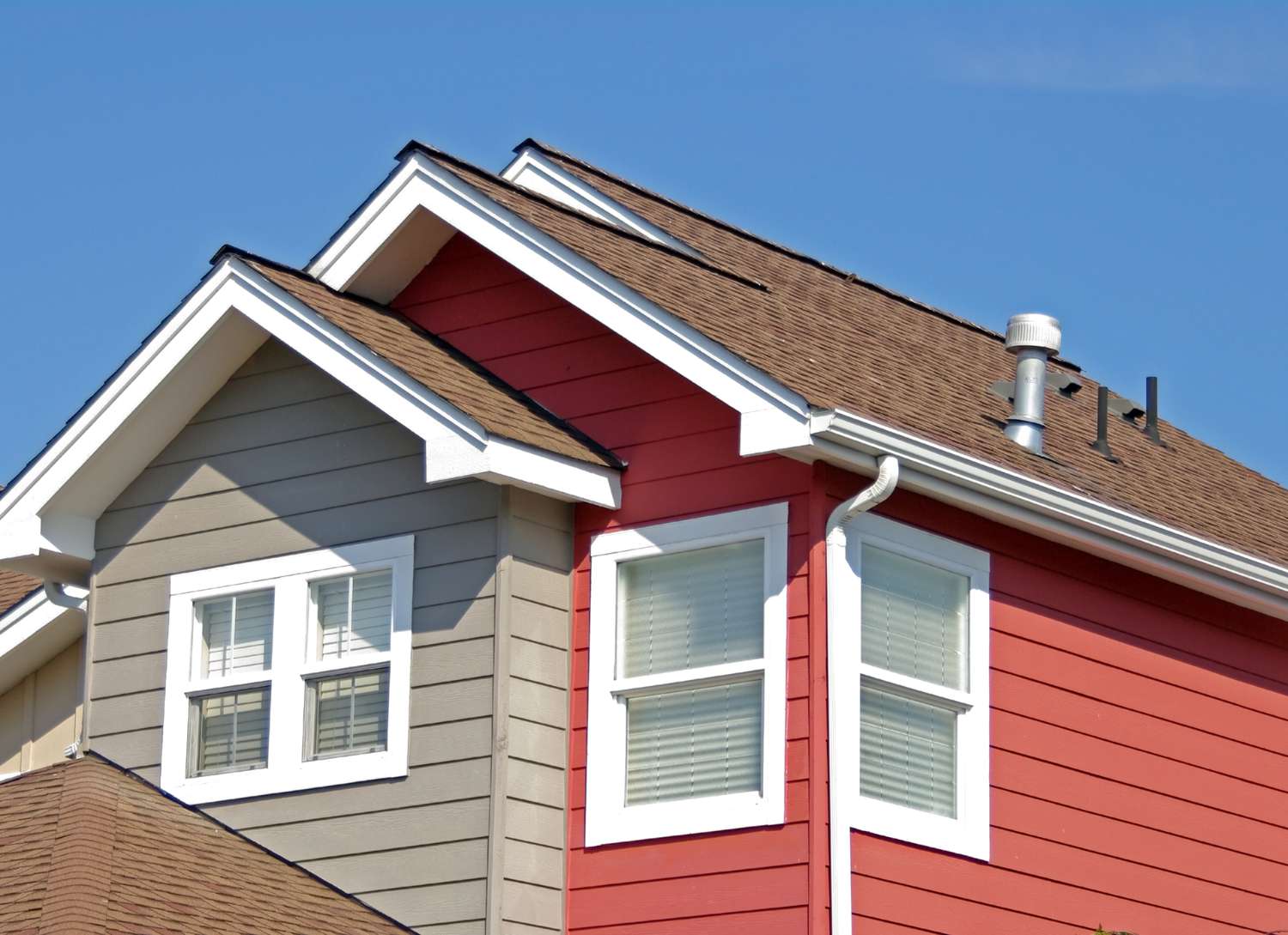
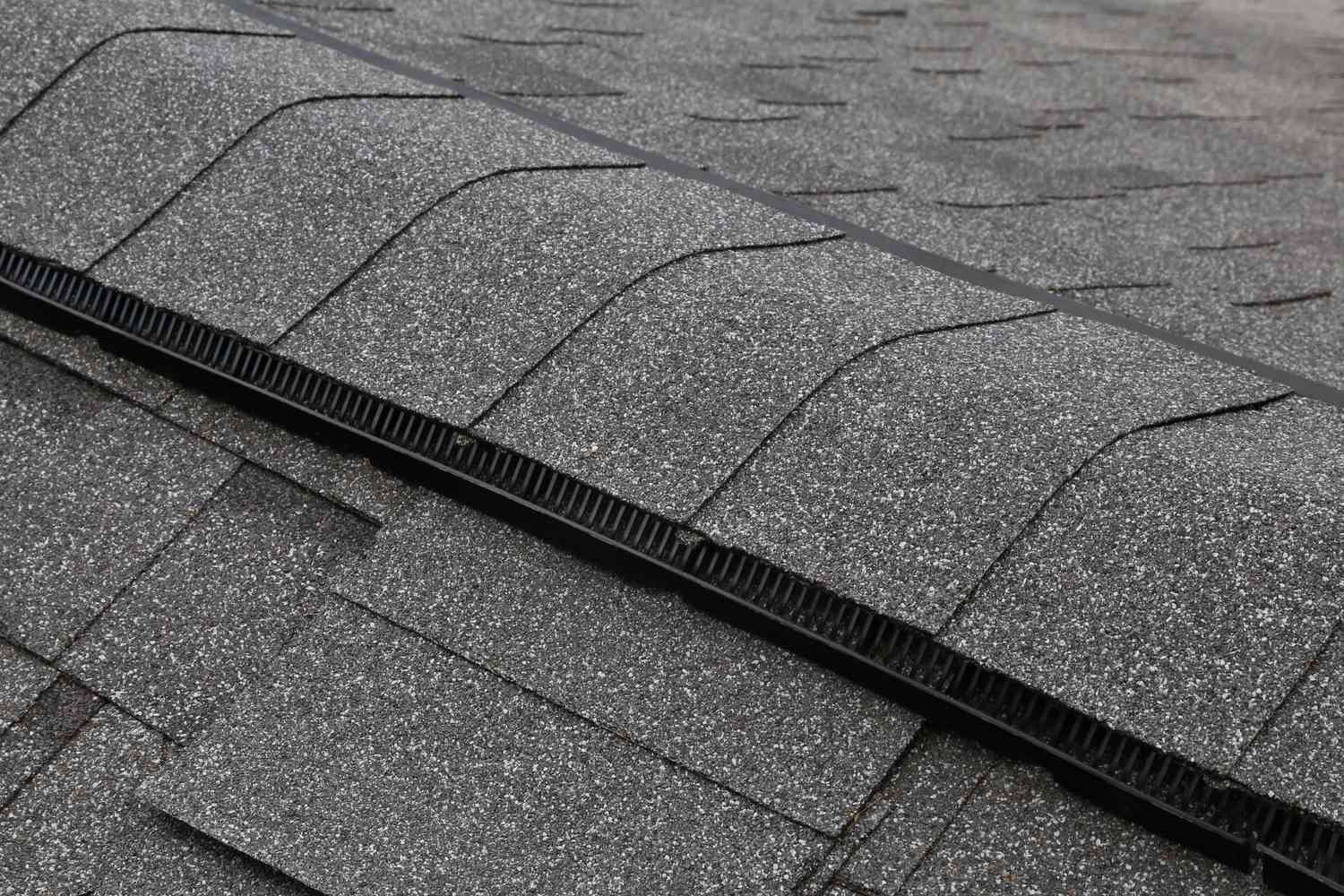
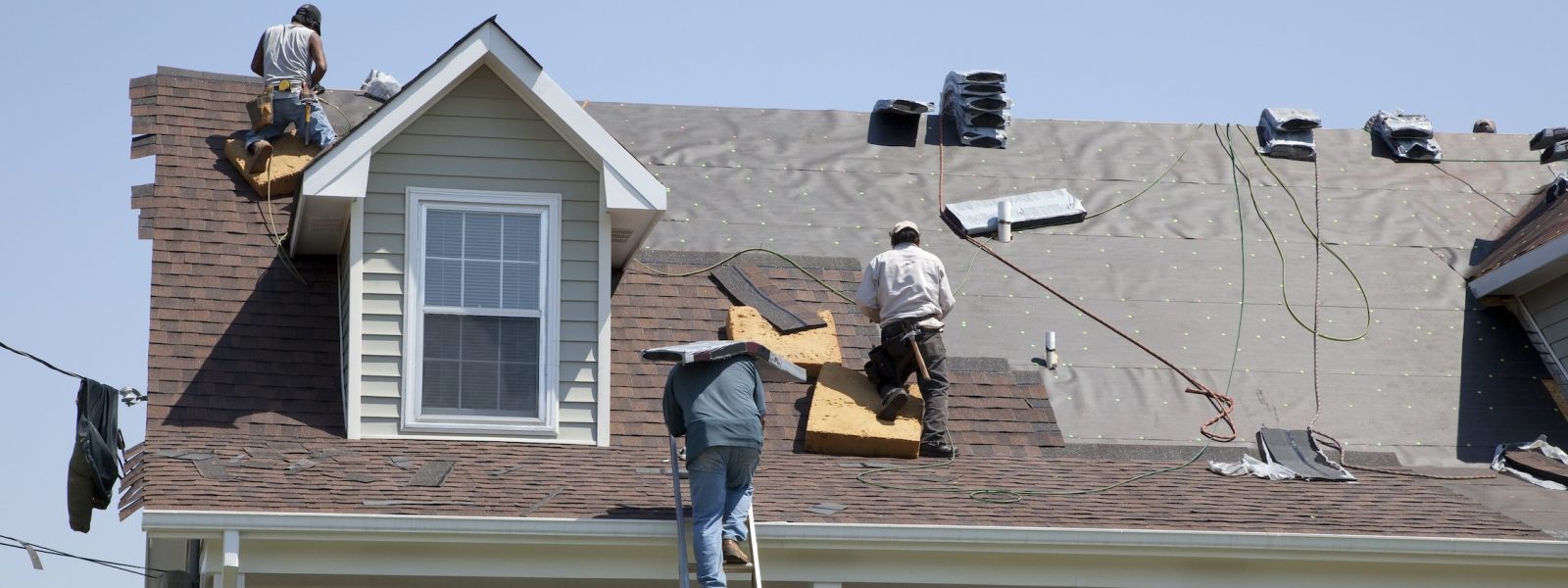
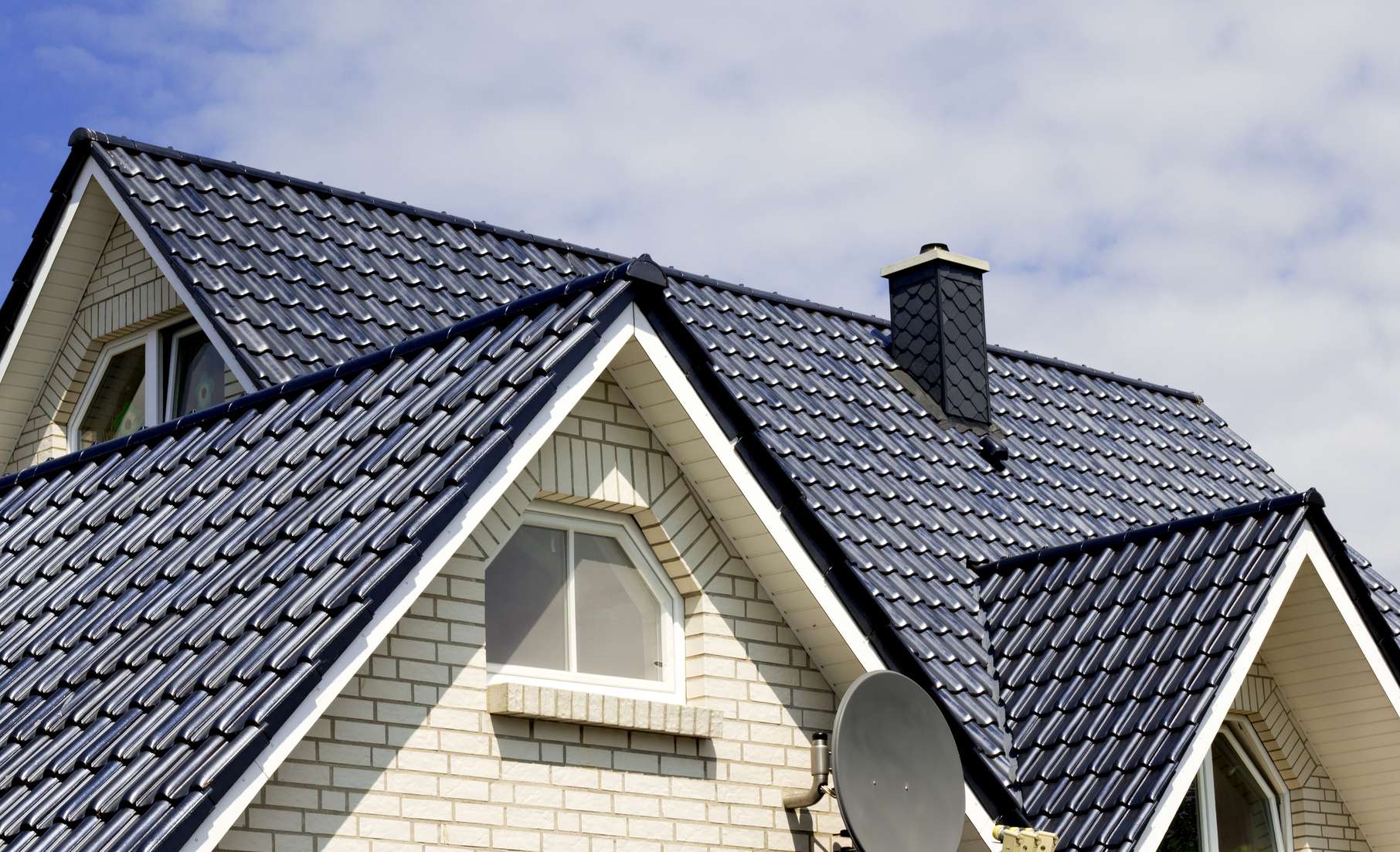

0 thoughts on “What Type Of Material Is Often Applied On Top Of Roof Decking?”